Cancer Moonshot Blue Ribbon Panel Report Released

The Blue Ribbon Panel presented its report to the National Cancer Advisory Board on September 7, 2016. The report describes 10 transformative research recommendations for achieving the Cancer Moonshot's ambitious goal of making a decade's worth of progress in cancer prevention, diagnosis, and treatment in just 5 years.
Watch videos about the Blue Ribbon Panel recommendation topics
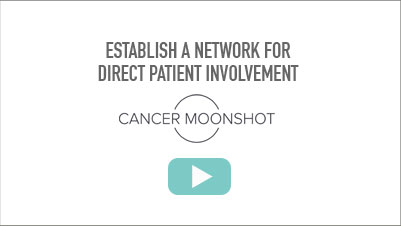
A. Establish a network for direct patient involvement
Engage patients to contribute their comprehensive tumor profile data to expand knowledge about what therapies work, in whom, and in which types of cancer.

B. Create a clinical trials network devoted exclusively to immunotherapy
Establish a cancer immunotherapy clinical trials network devoted exclusively to discovering and evaluating immunotherapy approaches.
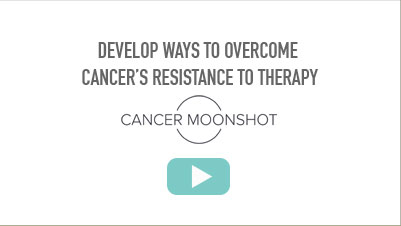
C. Develop ways to overcome cancer’s resistance to therapy
Identify therapeutic targets to overcome drug resistance through studies that determine the mechanisms that lead cancer cells to become resistant to previously effective treatments.
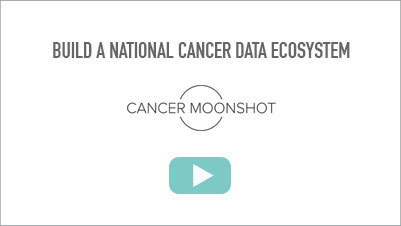
D. Build a national cancer data ecosystem
Create a national ecosystem for sharing and analyzing cancer data so that researchers, clinicians and patients will be able to contribute data, which will facilitate efficient data analysis.

E. Intensify research on the major drivers of childhood cancers
Improve our understanding of fusion oncoproteins in pediatric cancer and use new preclinical models to develop inhibitors that target them.

F. Minimize cancer treatment’s debilitating side effects
Accelerate the development of guidelines for routine monitoring and management of patient-reported symptoms to minimize debilitating side effects of cancer and its treatment.
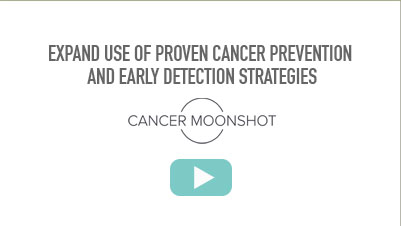
G. Expand use of proven cancer prevention and early detection strategies
Reduce cancer risk and cancer health disparities through approaches in development, testing and broad adoption of proven prevention strategies.

H. Mine past patient data to predict future patient outcomes
Predict response to standard treatments through retrospective analysis of patient specimens.
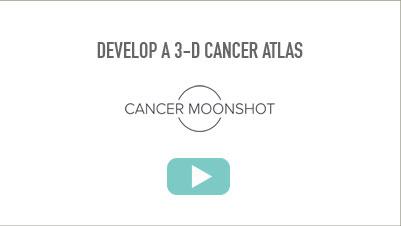
I. Develop a 3-D cancer atlas
Create dynamic 3-D maps of human tumor evolution to document the genetic lesions and cellular interactions of each tumor as it evolves from a precancerous lesion to advanced cancer.
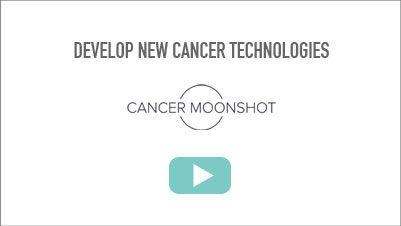
J. Develop new cancer technologies
Develop new enabling cancer technologies to characterize tumors and test therapies.

